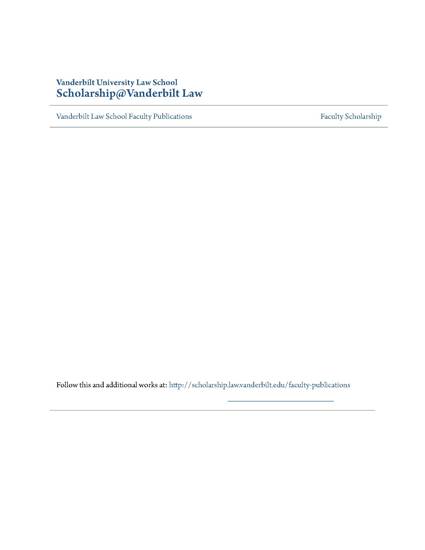
- Fourth Amendment,
- constitutional law,
- privacy law
In the Supreme Court's recent decision in United States v. Jones, a majority of the Justices appeared to recognize that under some circumstances aggregation of information about an individual through governmental surveillance can amount to a Fourth Amendment search. If adopted by the Court, this notion sometimes called "mosaic theory"-could bring about a radical change to Fourth Amendment jurisprudence, not just in connection with surveillance of public movements-the issue raised in Jonesbut also with respect to the government's increasingly pervasive record-mining efforts. One reason the Court might avoid the mosaic theory is the perceived difficulty of implementing it. This article provides, in the guise of a model statute, a means of doing so. More specifically, this article explains how proportionality reasoning and political process theory can provide concrete guidance for the courts and police in connection with physical and data surveillance.
Available at: http://works.bepress.com/christopher-slobogin/27/
